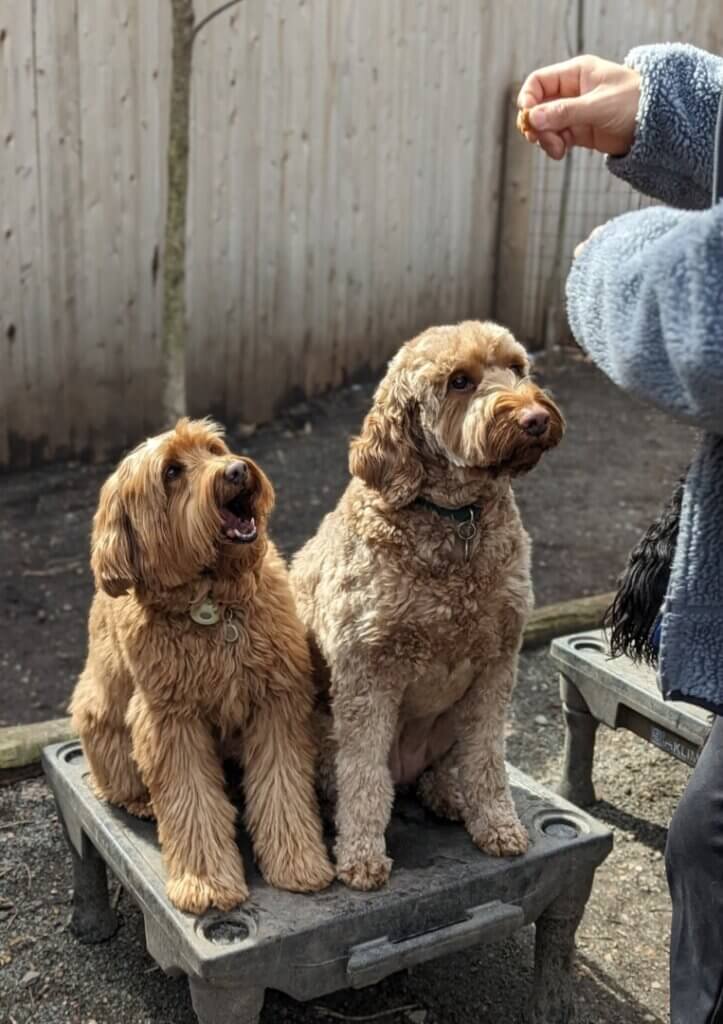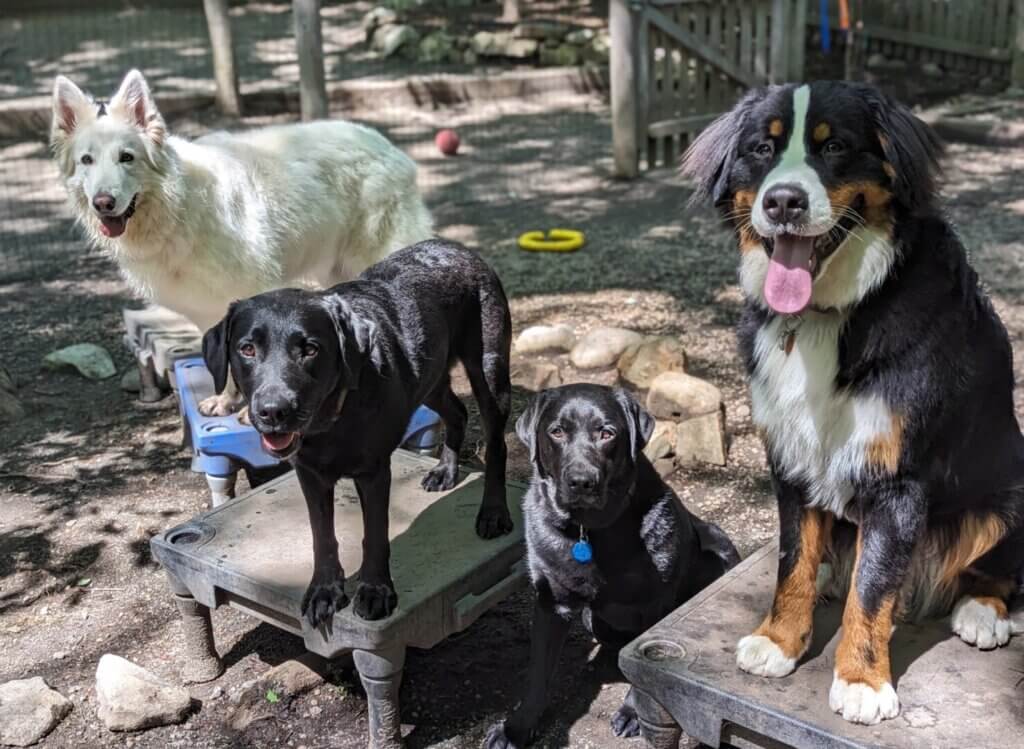Classical Conditioning – Learning Theory with Pavlov’s Dogs
Ever heard of Pavlov’s Dogs? While you may not be familiar with the term classical conditioning, it’s likely you’ve heard of Ian Pavlov and his famous experiment!
Russian physiologist Ian Pavlov observed that dogs began to salivate in response to a specific sound after that sound had repeatedly been paired with the presentation of food. Pavlov agued that this salivation in response to sound was a learned response. He conducted a series of experiments to better understand how and why it happened.
The classical conditioning process involves pairing a neutral stimulus (e.g. a particular sound) with an unconditioned stimulus (e.g. food). Response to the unconditioned stimulus occurs naturally; Dogs do not learn to salivate for food. The unconditioned stimulus (food) automatically triggers salivating as a response.
After associating a neutral stimulus (e.g. a particular sound, like a bell) with an unconditioned stimulus (e.g. the taste of food), the sound alone will start trigger salivating as a response. The particular sound (bell) is now referred to as the conditioned stimulus. Salivating in response to the bell is referred to as the conditioned response.
So what does classical conditioning look like in dog training?
Consider the two following challenges commonly reported by clients:
- Anne tells me that every time she picks up the leash at her side door, her dog, Lucy, begins to pace excitedly in circles. Why? Lucy has learned to associate Anne picking up the leash with immediately heading out to go for a walk
- Lucy loving to walk is the unconditioned stimulus
- Lucy pacing excitedly in response to a walk is the unconditioned response
- Anne picking up the leash is the conditioned stimulus
- Lucy pacing excitedly when Anne picks up her leash is a conditioned response
- Joe complains that when he puts his jacket on at the dog park, his dog, Cody, runs to the opposite side of the park. Why does this happen? Cody has learned that it is time to leave the park when the coat is put on, since that action always precedes leaving the park.
- Cody not wanting to stop playing at the park is an unconditioned stimulus
- Cody running to the other side of the park to avoid leaving/stopping play is the unconditioned response
- Joe putting on his jacket is the conditioned stiumulus
- Cody running to the opposite side of the park when Joe puts on his jacket is the conditioned response
In both of the above examples, we see that seemingly inconsequential actions (picking up a leash, putting on a coat) can have a big impact! With a deeper understanding of how our dogs learn, we can be more conscious of how our own actions can make learning new behaviors more or less challenging for our dogs. It will also help us avoid accidentally creating challenging patterns of behavior, keeping us one step ahead!


Leave a Comment